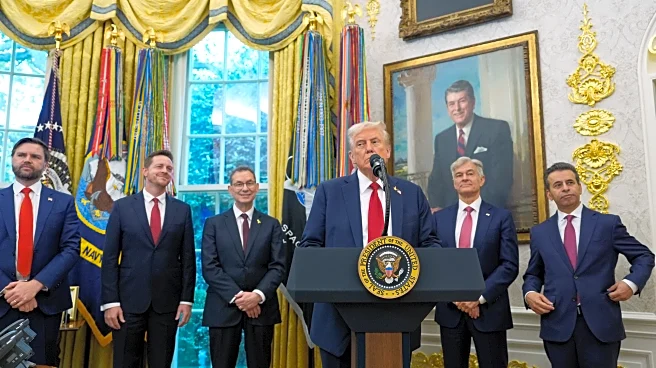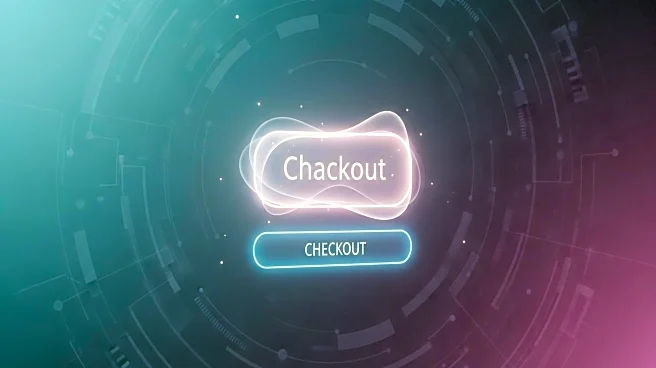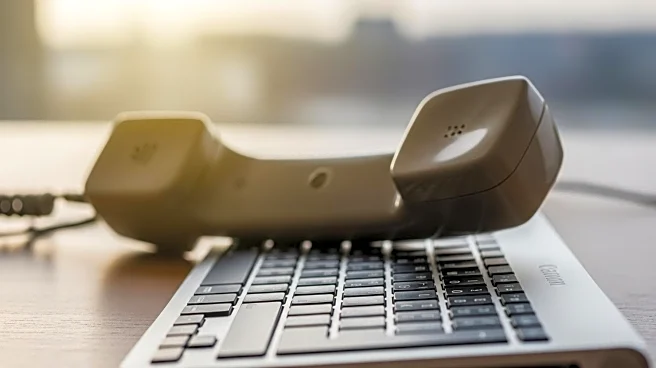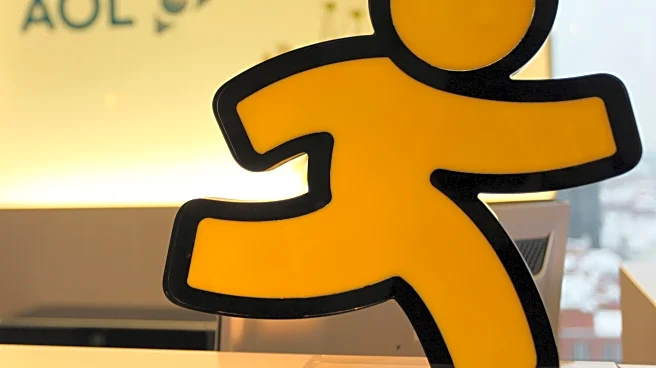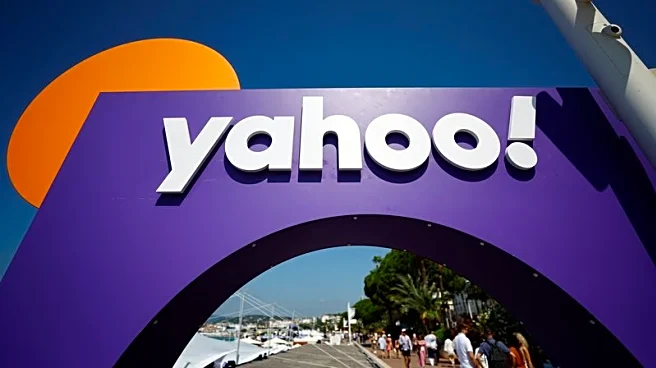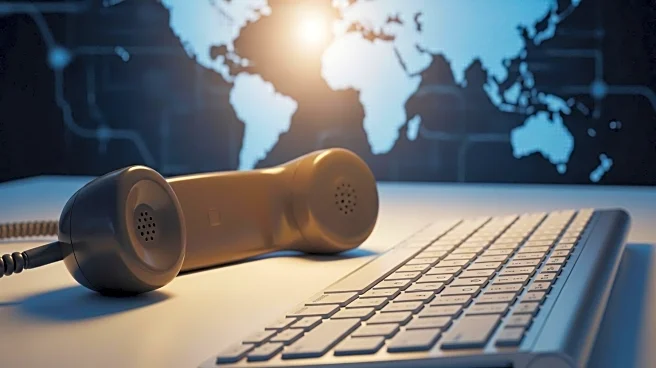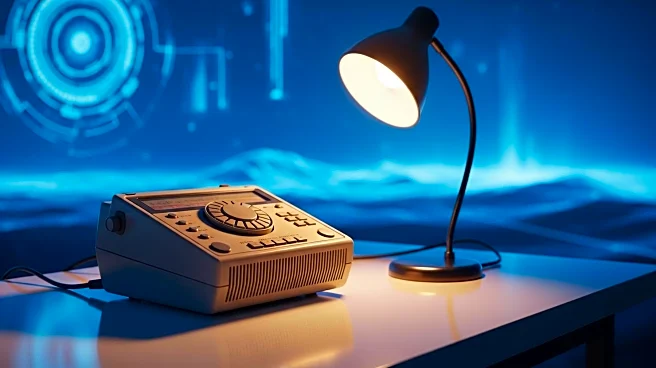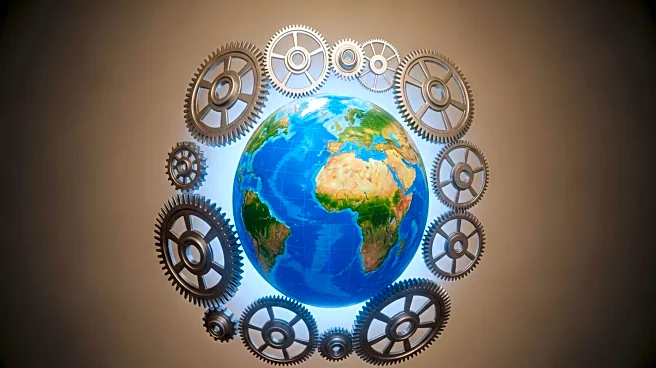What is the story about?
What's Happening?
AOL has officially discontinued its dial-up internet service, a technology that was once a staple for millions of Americans in the 1990s. The service, known for its distinctive connection sound, has been phased out as broadband internet became the dominant form of connectivity. By 2023, only about 1% of U.S. households were still using dial-up, highlighting the significant shift in internet technology over the past few decades.
Why It's Important?
The end of AOL's dial-up service marks a significant milestone in the evolution of internet technology. This transition reflects broader technological advancements and the increasing demand for faster, more reliable internet connections. The shift from dial-up to broadband has enabled the proliferation of high-speed internet, which supports modern digital activities such as streaming, online gaming, and remote work. This change has also influenced economic and social dynamics, as access to high-speed internet is crucial for participation in today's digital economy.
What's Next?
As dial-up fades into history, the focus will likely continue to shift towards expanding broadband access, particularly in rural and underserved areas. Policymakers and internet service providers may prioritize infrastructure investments to ensure that all Americans have access to high-speed internet. This could involve initiatives to bridge the digital divide, ensuring equitable access to the benefits of modern internet technology.
Beyond the Headlines
The discontinuation of dial-up service also raises questions about digital nostalgia and the preservation of early internet culture. As technology continues to advance, there may be efforts to document and remember the early days of the internet, including the unique experiences and challenges associated with dial-up connectivity.
AI Generated Content
Do you find this article useful?


